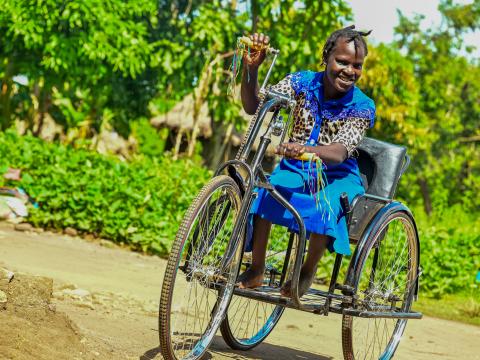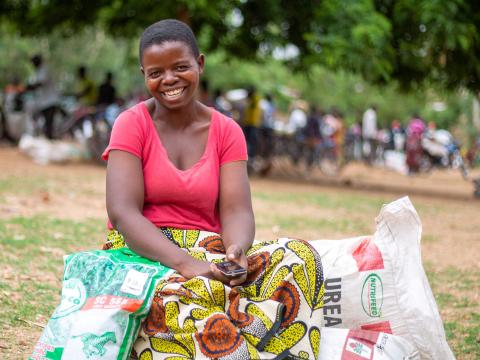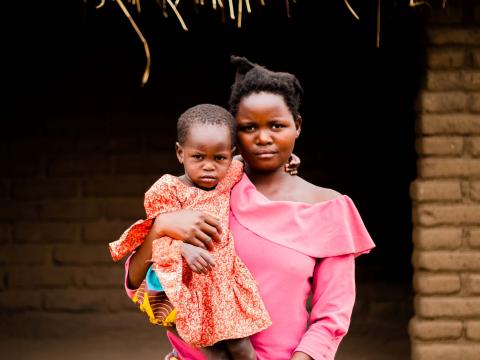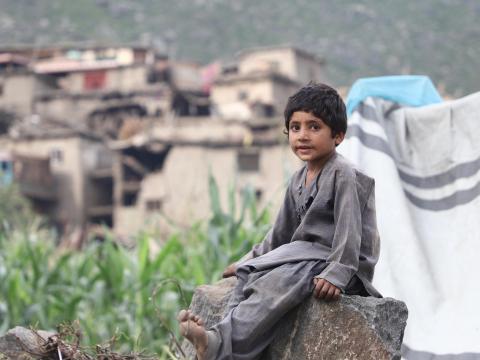
Towards a Smarter Defence of Humanitarian Aid
Amid rising global needs and waning donor confidence, World Vision's Advocacy Specialists (Dr. Mark Calder; Daniel Kafela & Lashantha Premachandra) urge to advocate for smarter, evidence-based funding that integrates humanitarian, development and peace efforts. They shed light on the importance of investing in local capacities and multi-sectoral approaches as being the key to restoring trust and building resilience.
This year, sudden and severe funding cuts resulted in devastating consequences: medicines spoiled in warehouses, infrastructure projects abandoned mid-construction, planting seasons missed, and lives lost as communities were cut off from humanitarian assistance. A child in western Afghanistan, where World Vision works, expressed the bewilderment of millions: “Did we do something wrong?” His words reflect a deeper truth: that those most affected by shrinking aid neither understand nor control the global forces behind these cuts.
Without justifying the horror of programme terminations and ration cuts, we in the humanitarian sector should attend to this child’s question, turning it on ourselves.
The decline in international assistance is not new but an established fact that the international humanitarian sector must face head-on. Humanitarian assistance has not, in fact, gone down in absolute terms, though it will this year. What has changed is the level of global need, and funding has not increased at the same rate. In 2016, the UN humanitarian appeal called for $20.3 billion and was 59% funded, a shortfall of $8.4 billion. By 2024, the annual appeal required $49.4 billion, while the total funding received reached only $24.9 billion (50%). During the same period, the number of people in need rose starkly from 130 million in 2016 to nearly 300 million in 2024.
Against rising demands, donor fatigue is no surprise. After the UN’s hyper-prioritization process in 2025, the appeal for this year stands at $29 billion, with only $8.7 billion (30%) received as of September.
The current escalation of crises suggests humanitarian needs will continue to rise without urgent intervention. The challenge then is to ask ourselves why confidence in the humanitarian sector has diminished and to redouble our efforts to implement quality, cost-effective programming, which we can effectively defend in the current global landscape.
Spotlighting Integrated Programming
Expanding multisector interventions should be a priority given their documented effectiveness in promoting holistic wellbeing in emergency settings. The most effective responses today deliver a bigger impact at a lower cost by linking healthcare, nutrition, food security, livelihoods, and clean water.
In Afghanistan, the DAWAM consortium integrated health, nutrition, and WASH services in remote Afghan communities, increasing access to lifesaving care while curbing waterborne diseases that exacerbate child malnutrition. The consortium is tackling child malnutrition, demonstrating the effectiveness of combining interventions to achieve progress across multiple dimensions: treatment, access to diverse food groups, and pro-nutrition cultural practices.
Despite their proven cost-effectiveness, integrated approaches remain chronically underfunded. In 2023, critical sectors bridging humanitarian relief and long-term recovery received only 19% of required funding. This underinvestment represents a major missed opportunity. Evaluations show that multi-pronged projects can be efficient and high-impact, offer better value for money and multiply positive outcomes for children and communities. Integrated programming, therefore, offers a pathway to maximize the transformational power of humanitarian assistance.
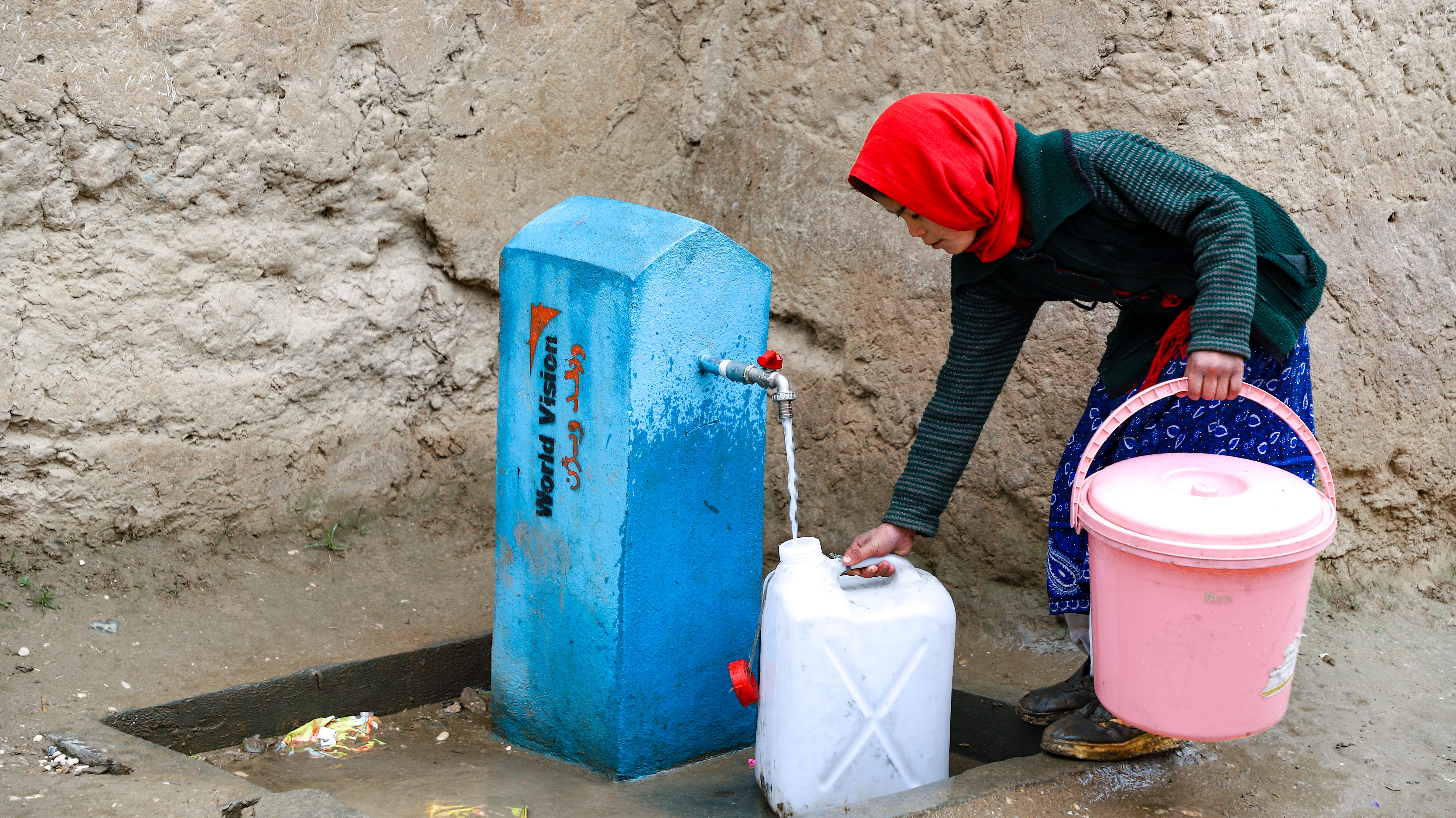 Localisation Beyond a Funding Quota
Localisation Beyond a Funding Quota
In addition to multisector approaches, long-standing and widely endorsed commitments like localisation and the humanitarian-development-peace (HDP) nexus must be better applied in humanitarian contexts to ensure sustained impact.
In 2023, local and national actors received just 4.5% of tracked humanitarian funding. This is far below the 25% target pledged under the Grand Bargain. At the same time, localisation must extend beyond transferring resources and include forging equitable partnerships with the full spectrum of local actors from traditional institutions to informal networks. Equally important is amplifying indigenous knowledge about survival, resilience, and adaptation.
Context matters, too. In Afghanistan, authorities attempted to force international NGOs out of the education sector in favour of local actors, despite a shortage of local partners after Afghan women were banned from NGO work. UNICEF warned that this edict could deprive 500,000+ children, including 300,000 girls, of quality education. The episode illustrates that localisation, while a critical aim, must be contextualised to local challenges.
Clarifying the Boundaries of Humanitarian Action
Arguably, a humanitarian mission creep is also unfolding, with humanitarians stepping into roles that rightly belong to development agencies, civil society and governments.
And yet, the reality on the ground is less straightforward. Today’s crises tend to be protracted, complex, and entangled with development and peacebuilding needs. 91% of UN humanitarian appeals now address protracted crises, and the lines between emergency relief and long-term development are rarely clear. As a result, responses increasingly embrace nexus approaches without clarifying the scope of the humanitarian role and when it should end.
Ultimately, defining a clear role for humanitarian aid within the nexus and pivoting to development actors as soon as feasible helps achieve lasting impact without exceeding available resources. It also reassures donors that humanitarian funding catalyses stability, self-reliance and resilience, rather than perpetual dependence. In practice, this means planning from the outset how lifesaving relief can lay the groundwork for recovery and peace and how development programmes in fragile states can incorporate crisis preparedness.
Engaging civil society also contributes to sustainable peace in crisis-affected contexts. During the emergency response to the conflict in the northern Ethiopia, partnerships with local faith leaders proved invaluable, not only for enabling humanitarian access and facilitating urgent assistance but also for promoting reconciliation. When the emergency phase passed, those same relationships became the backbone of development efforts.
Humanitarians cannot indefinitely substitute for government services or replace development work. Such mission creep is neither cost-effective nor sustainable. Instead, humanitarians should focus on what they do best, time-bound, life-saving interventions, while working with civil society and local government partners on handover strategies.
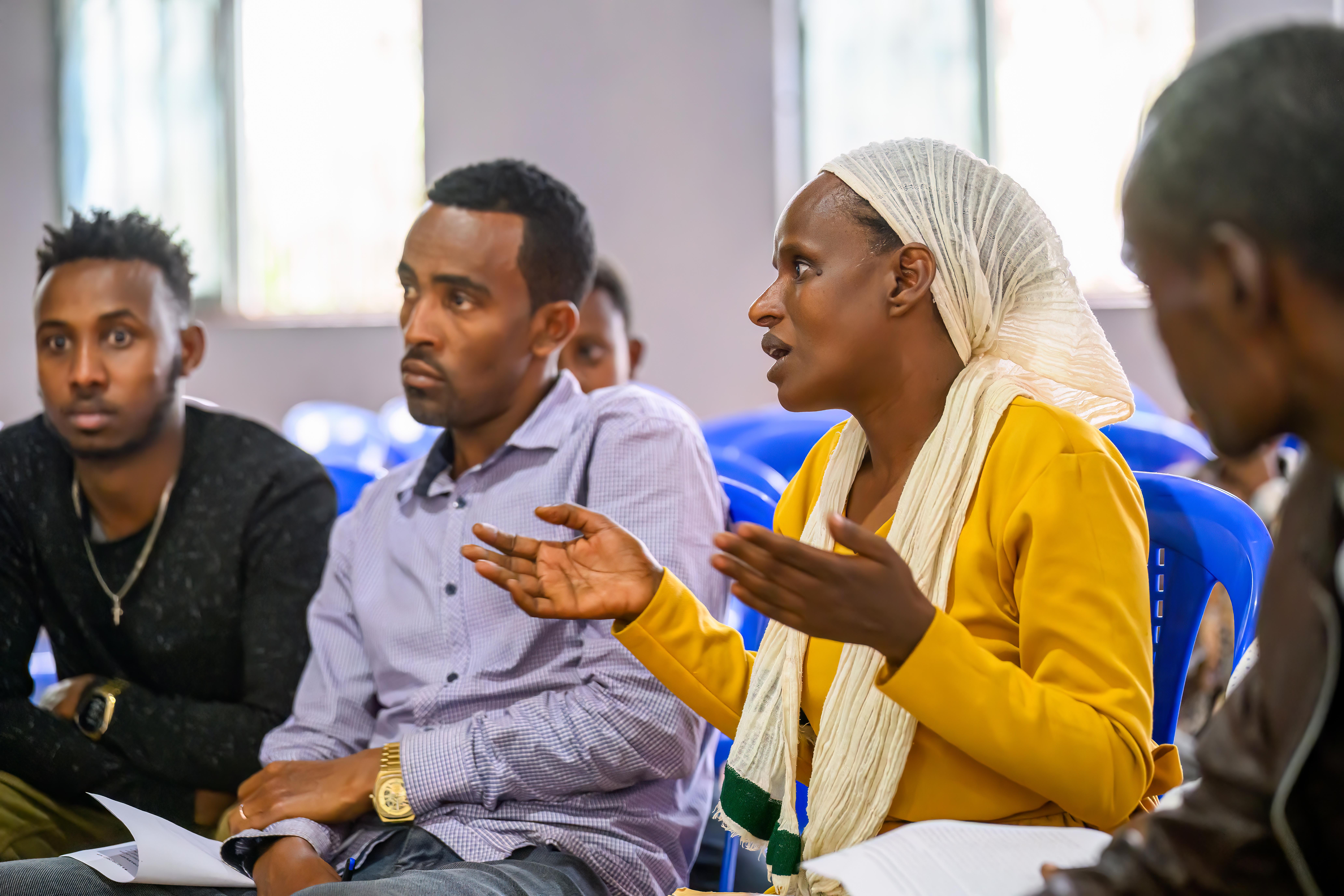
Prioritising Prevention and Resilience
Finally, in an era of resource shortages, the international community must prioritize reducing conflict drivers and supporting peacebuilding efforts. Research shows that every dollar invested in conflict prevention or peacebuilding can save $16 in crisis response costs.
Resilience-building interventions are therefore crucial in a resource-constrained environment. The Somalia Resilience Programme (SomReP) exemplifies bridging emergency aid and development to prevent future needs. Through livelihoods support, drought preparedness, and safety nets, SomReP helps pastoralist communities achieve better food security and faster recovery after shocks, while strengthening government capacity.
This kind of systems strengthening should be a focus, even in challenging contexts. Multi-year, multi-sector aid can build resilience and reduce the need for repeated humanitarian relief, increasing impact and saving money.
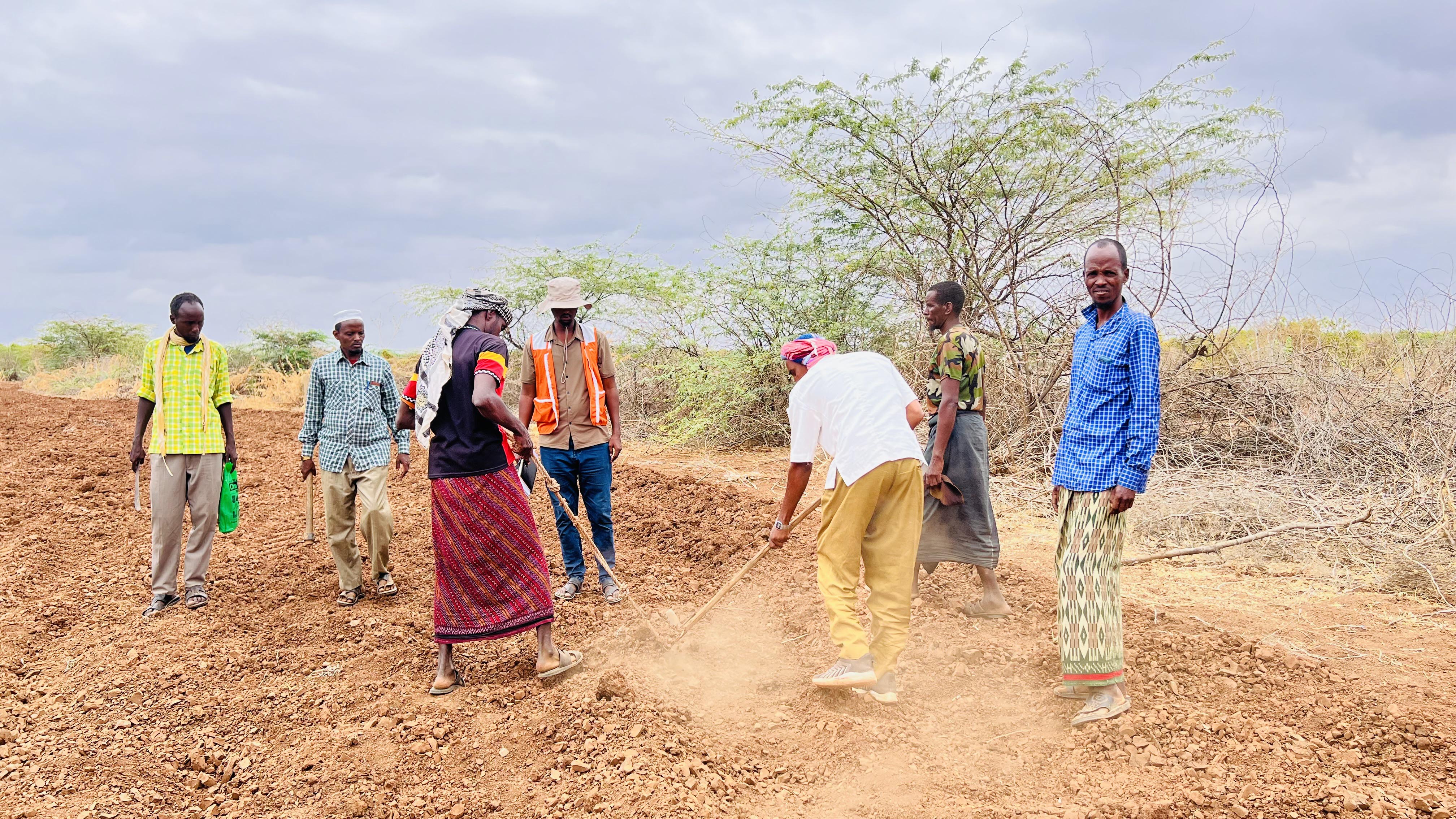
A Call to Innovate
Radically reduced humanitarian budgets present a grave challenge but also an opportunity to advocate for smarter funding that embraces multisectoral programmes, genuinely invests in local capacities, and anchors humanitarian work within broader development and peace strategies.
The cases of Afghanistan, Ethiopia, and Somalia highlight that opportunities to innovate exist even in crises. If the current funding crunch forces the humanitarian sector to adopt a more evidence-based, locally empowering, and nexus-oriented approach, a silver lining may yet emerge: a humanitarian system that is more effective and accountable to those it serves. To get there, donors, governments, and aid agencies must commit, together, to smarter, more sustainable models of humanitarian response.
About the authors:
Dr. Mark Calder is the Communications, Advocacy and Policy Director of World Vision Afghanistan. An advocacy specialist with a PhD in Social Anthropology, he has worked on Afghanistan for World Vision since December 2021. He is dedicated to portraying Afghanistan’s complexity through inclusive narratives that reflect the diverse communities and collective efforts driving lasting change.
Daniel Kefela serves as a Humanitarian Policy Advisor, providing strategic guidance and policy analysis to support humanitarian operations and advocacy efforts. With a strong commitment to principled humanitarian action, Daniel works closely with leadership and field teams to ensure policies are responsive to evolving crises and grounded in evidence and best practice.
Lasantha Premachandra is a passionate advocate for citizen rights and currently serves as the Child Participation and Advocacy Senior Advisor at the South Asia Pacific Regional Office. He has over twenty years of professional experience, including fifteen years with World Vision, where he has held various positions related to program development, program management, child protection, and advocacy.

